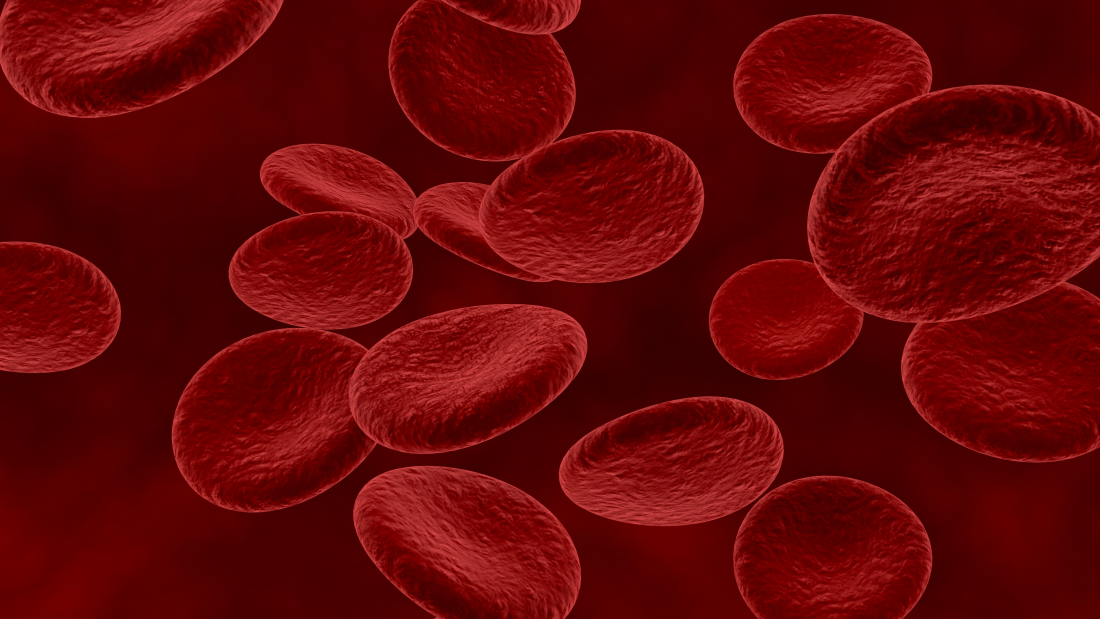Understanding and Managing High Triglycerides: Diagnosis and Treatment Options
Triglycerides and cholesterol are related because they work similarly in the body. Triglycerides are a type of fat in your blood that gives you energy. When you eat, any extra calories get turned into triglycerides and stored in fat cells. Between meals, your body uses these triglycerides as fuel.
How Common is High Triglycerides?
Many people find out they have high triglycerides (hypertriglyceridemia) during their annual check-ups. In Europe, it’s around 15-20% of adults; in the US, it’s more – 25-30% of adults. High triglycerides are often linked to conditions like diabetes, metabolic syndrome, and obesity, and all of these are becoming more common so we will see more high triglycerides in the future.
How Much Can My Triglycerides Increase After a Meal?
When measuring triglycerides, you need to consider that levels should be measured while fasting for 8-10 hours. This is because TG levels peak 4-6 hours after a fatty meal.
For example, if someone has normal fasting triglycerides of around 100 mg/dL, their levels could go up to 150-200 mg/dL or more after eating. If someone has elevated fasting triglycerides (e.g., 200 mg/dL), their postprandial levels could go even higher, sometimes above 400 mg/dL.
People with normal lipid metabolism see their triglycerides return to baseline within 6-8 hours. People with metabolic issues or hypertriglyceridemia may see higher peaks and a slower return to baseline.
How Severe Is My Hypertriglyceridemia?
Even when no official classification has been established to date, doctors often group hypertriglyceridemia based on fasting triglyceride levels. Here’s a simple breakdown:
- Moderate hypertriglyceridemia: between 150 mg/dL (1.7 mmol/L) and 400 mg/dL (4.6 mmol/L). Usually most affected persons belong to this group, 80-90% of the patients.
Severe hypertriglyceridemia: 400-1000 mg/dL (4.6-11.4 mmol/L) only a very small portion of patients, 15% of the patients.
There have been cases of triglycerides going up to 15,000 mg/dL (170 mmol/L).
What Are the Risks Associated with High TG Levels?
High TG levels are linked to the presence of other comorbidities like obesity, metabolic syndrome, and diabetes mellitus. For example, 50% of people with type 2 diabetes have hypertriglyceridemia. Genetic factors also play a role and, when combined with lifestyle choices, can contribute to high triglyceride levels
From a clinical perspective, hypertriglyceridemia is relevant in two respects:
First, people with high triglycerides (hypertriglyceridemia) are at higher risk of developing atherosclerosis, which is the hardening and narrowing of the arteries. The risk increases with higher triglyceride levels, especially those above 1000 mg/dL (around 11.4 mmol/L).
Second, when triglyceride levels are very high, usually above 1000 mg/dL (around 10 mmol/L) there’s a risk of developing a serious condition called acute pancreatitis, also known as chylomicronemia syndrome. This is a painful and potentially life-threatening inflammation of the pancreas.
Interestingly, research shows that even at lower triglyceride levels, there is still a risk of pancreatitis, but it’s low overall. For example, studies have found that there are about 2.7 cases of pancreatitis per 10,000 people per year when triglyceride levels are below 1 mmol/L (88.23mg/dl). That increases to about 5.5 cases per 10,000 people per year for triglyceride levels between 2.0-3.0 mmol/L (176.47 mg/dl to 264.70 mg/dl).
Importance of Control in TG Levels
When it comes to managing high triglycerides (hypertriglyceridemia), the main goal of treatment is to prevent serious health problems like heart disease and pancreatitis. To help with this, medical experts have set target levels for triglycerides and other lipids (fats in your blood) based on a person’s overall risk of developing these conditions. These guidelines help doctors determine the best course of action for each patient based on their health situation.
Lifestyle Modifications
Lifestyle changes are one of the most important aspects of managing dyslipidemia, including high triglycerides. Key steps to managing high triglycerides are to avoid alcohol and reduce rapidly digestible carbohydrates, especially sugary drinks.
Equally important is to increase physical activity with a recommendation of 2.5 to 5 hours of moderate-intensity aerobic exercise per week, like brisk walking or cycling. These can help control triglyceride levels and overall health.
Drug Treatment of Hypertriglyceridemia
TG-lowering pharmacotherapy should only be started after lifestyle changes have been implemented and diabetes has been controlled.
Fibrates can lower triglyceride levels by 20-70%. Early studies showed they also lower cardiovascular risk, but later research found no additional benefit when combined with statins. Due to the high risk of drug interactions, especially with statins, fibrates like gemfibrozil should be used with caution and only by experienced doctors.
Fibrites may still be considered in high-risk patients with hypertriglyceridemia, especially if atherosclerosis progresses despite reaching target LDL levels. For patients with very high triglycerides (>1000 mg/dL), the effectiveness of fibrates should be assessed after 4-6 weeks of lifestyle changes. If no significant improvement is seen, the treatment should be stopped, as fibrates have not been proven to prevent pancreatitis.
In short, managing high triglyceride levels is key to preventing serious health problems like heart disease and pancreatitis. You can control your triglyceride levels through lifestyle changes like diet improvement, increased physical activity, and medication when needed. However, every case is unique, and understanding how different treatments work can help you create your best plan.
Join Our Clinical Trials Today and Make a Difference
If you or someone you know has high triglycerides, we’d like you to join one of our studies. Being part of our studies means getting access to the latest treatments and helping research that will help others with the same issues. Contact us today to learn more about how you can be a part of these studies!

